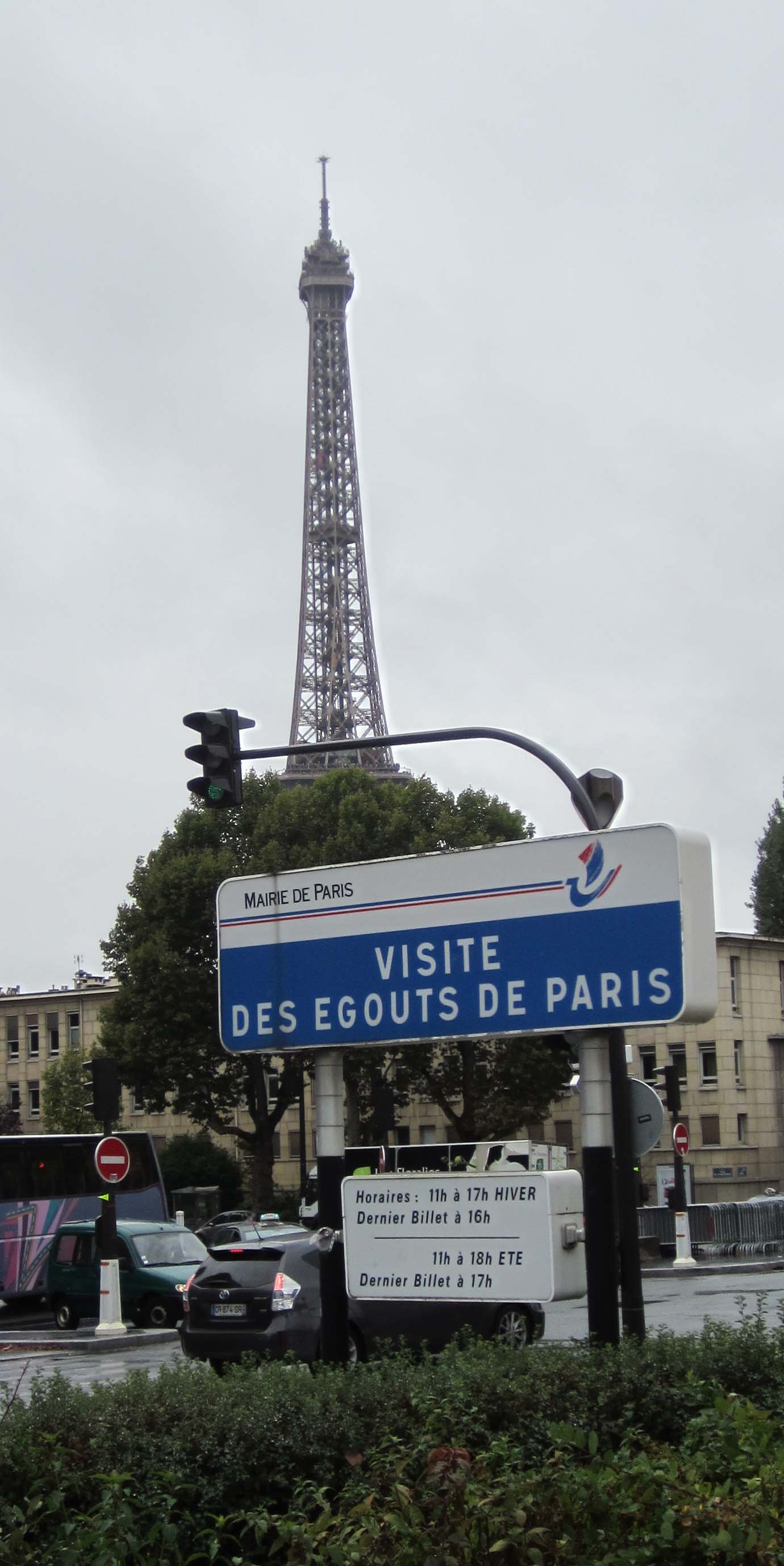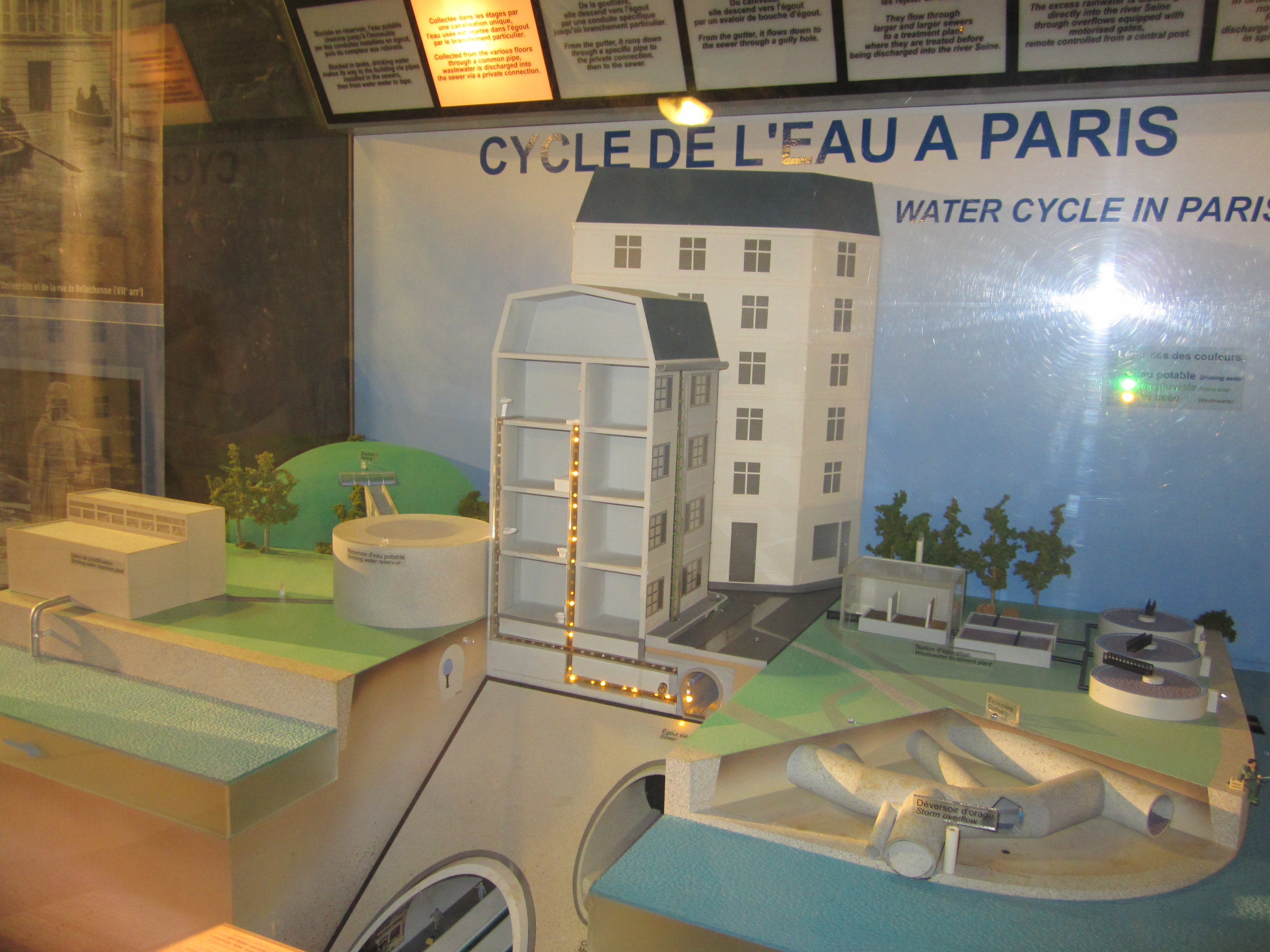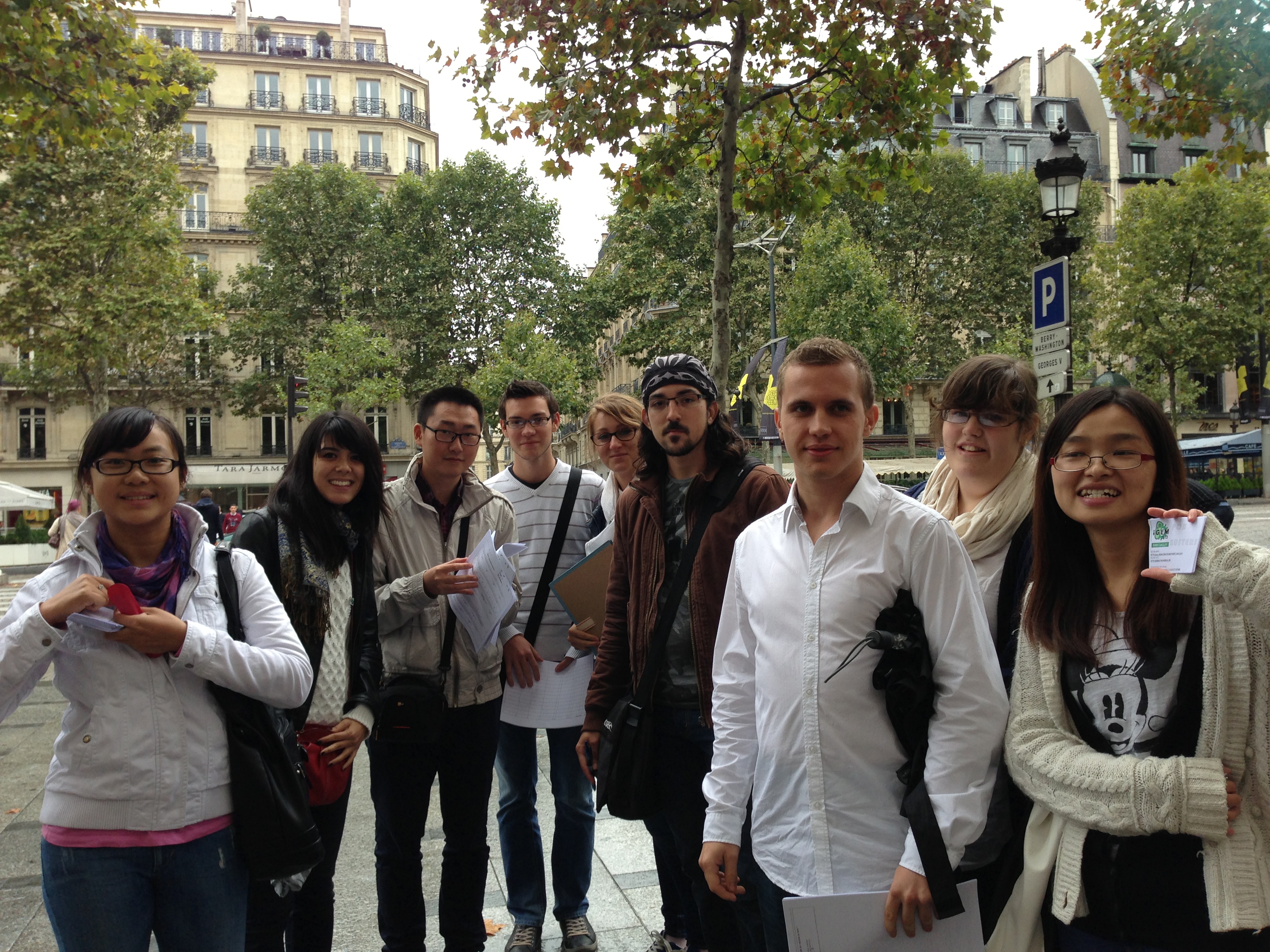Team:Paris Saclay/Sewers
From 2013.igem.org
CarolineMir (Talk | contribs) (→Sewers of Paris) |
|||
| Line 11: | Line 11: | ||
{{Team:Paris_Saclay/incl_contenu}} | {{Team:Paris_Saclay/incl_contenu}} | ||
| - | = | + | ==Sewers of Paris== |
[[File:Psparis1.jpg|right|100px|caption]] | [[File:Psparis1.jpg|right|100px|caption]] | ||
| Line 57: | Line 57: | ||
It was very interresting to know how water is transported through sewers. We learnt a lot about bacterial depollution, wastewater depollution, and waterplant system. | It was very interresting to know how water is transported through sewers. We learnt a lot about bacterial depollution, wastewater depollution, and waterplant system. | ||
| + | ==Bacterial Filter== | ||
| + | One of our goals is to develop a bacterial filter that can be used in treatment plant. The important part of the conception of this filter is to find a efficent system to prevent the spreading of bacteria in the environnement. To respond to this criteria, we have decided to base our filter on the iGEM Paris-Saclay 2012 project : gemote. This project limits the spreading of bacteria thanks to temperature, indeed bacteria can survive under or over a certain temperature limit. To design our filter, we based our researches on the model of the bacterial bed. | ||
| + | |||
| + | The common bacterial bed : | ||
{{Team:Paris_Saclay/incl_fin}} | {{Team:Paris_Saclay/incl_fin}} | ||
Revision as of 14:38, 28 September 2013
Sewers of Paris
The Parisian Sewers are about 2400 km long, they gather and expel the flow and waste water. During our visit, we learned about the parisian water cycle and about the different ways to clean water.
- Stocked in tanks, drinking water makes its way to buildings via pipes installed in the sewers, then from water meter to taps.
- Collected from the various floors through a common pipe, waste water is discharged into the sewer via a private connection
- From the gutter, its flows down to the sewer through a gully hole
- They flow through larger and larger sewers to a treatment plant : where they are treated before being discharged into the river Seine
- The excess rainwater is discharged directly into the river Seine through overflows equipped with motorized gates, remote controlled from a central post
- The overflows must remain close in order to keep the sewers network not flooded by the Seine. Pumps are activated to discharge the excess water to the river in spite of its high water level
We discovered the history of Parisian Sewers, who built it, imagined it, and how it have been developed through the centuries.
It was very interresting to know how water is transported through sewers. We learnt a lot about bacterial depollution, wastewater depollution, and waterplant system.
Bacterial Filter
One of our goals is to develop a bacterial filter that can be used in treatment plant. The important part of the conception of this filter is to find a efficent system to prevent the spreading of bacteria in the environnement. To respond to this criteria, we have decided to base our filter on the iGEM Paris-Saclay 2012 project : gemote. This project limits the spreading of bacteria thanks to temperature, indeed bacteria can survive under or over a certain temperature limit. To design our filter, we based our researches on the model of the bacterial bed.
The common bacterial bed :
 "
"


